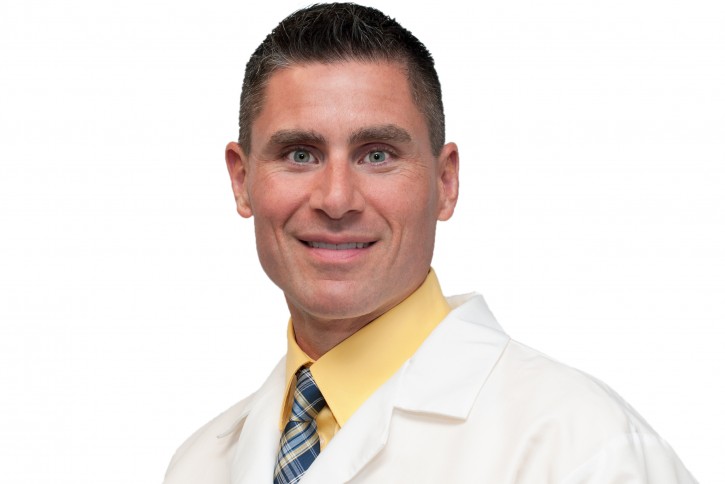
Article originally published January 15, 2020.
Do the cold, dark days of winter tend to leave you exhausted, sad, uncaring, hopeless, sleep-and-appetite-deprived and even thinking about death and dying? These are some of the common symptoms associated with Major Depressive Disorder (MDD), the leading cause of disability in the U.S. for ages 15-44.
More than 16.1 million American adults of the U.S. population, are affected by MDD. The average age for someone to develop depression is 32 years old; however, it can occur at any time in the lifespan. Individuals who have Seasonal Affective Disorder (SAD), or “seasonal depression,” typically experience symptoms of depression at the same time each year, most commonly in the winter.
According to the American Psychiatric Association, SAD is not considered an independent disorder. It is actually one of several symptoms associated with major depressive disorder or bipolar disorder. Patients must meet four criteria to be diagnosed with SAD (see graphic).
More specific to SAD is hypersomnia (sleeping too much), an inability to wake in the morning, nausea, overeating and craving carbohydrates. Activity is typically low in Americans during the winter months due to a lack of sunlight. It is thought that with SAD, just like with other types of depression and other mental illnesses for that matter, the patient is experiencing a shortage of serotonin. Serotonin is a chemical in the body that contributes to well-being and happiness.
Treatments for winter-based SAD include light therapy, prescribed medication, cognitive behavioral therapy (talk therapy) and use of the supplement melatonin, which can regulate night and day cycles in the body.
With light therapy, patients sit close to a special lightbox, which is much brighter than a customary incandescent lamp, for 30-60 minutes a day. Antidepressants, namely selective serotonin reuptake inhibitors (SSRIs), have also been proven effective in treating SAD. Some patients engage in both types of treatment – light therapy and medication.
In addition, physical exercise has shown to be an effective form of depression therapy; as little as 20 minutes of aerobic activity each day can be beneficial.
Listen to your body. If you have been suffering from symptoms suggestive of SAD, it is important to talk with your healthcare provider. Your provider may refer you to a mental health professional for further assessment and treatment.
If you are experiencing symptoms of depression, click here to learn more about FHP Psychiatry and Healthy Psychology’s service or call 740-689-6600.
Criteria of Seasonal Affective Disorder
These patterns must have lasted two years with no seasonal major depressive episodes during that same period.
These seasonal depressive episodes outnumber other depressive episodes throughout the patient’s lifetime.
Remissions or mania/ hypomania at a characteristic time of year.
Depressive episodes at a particular time of the year.